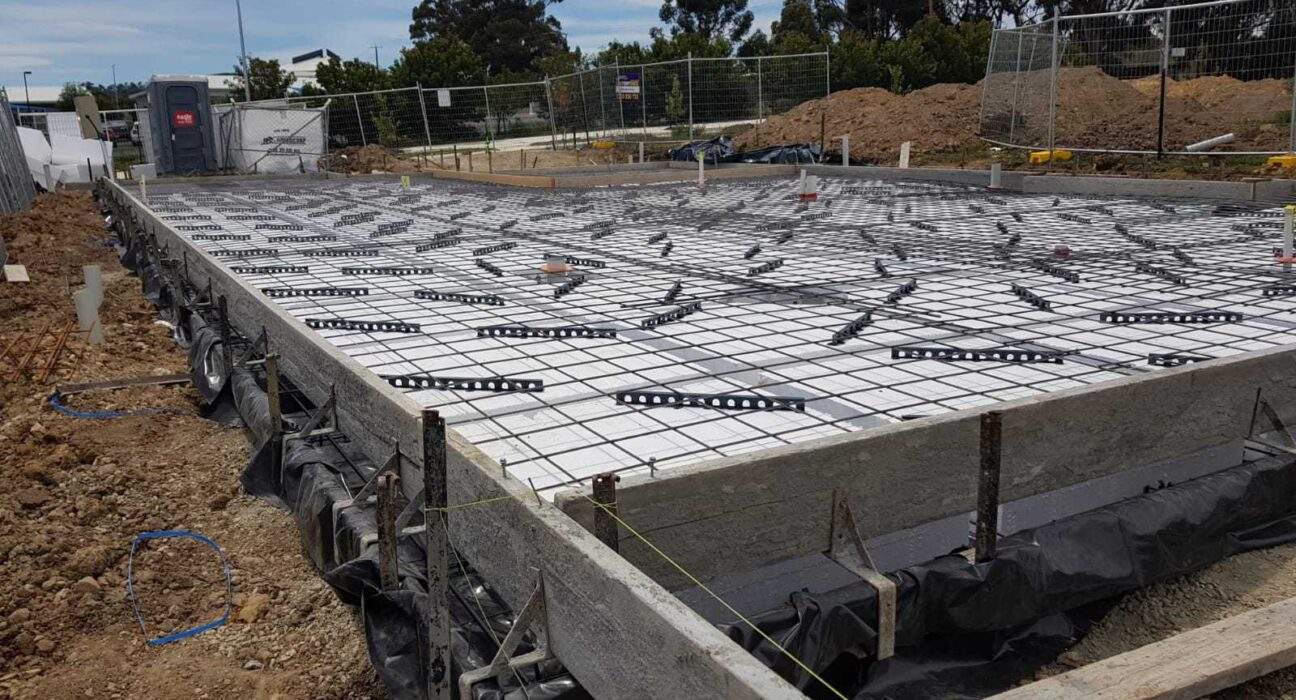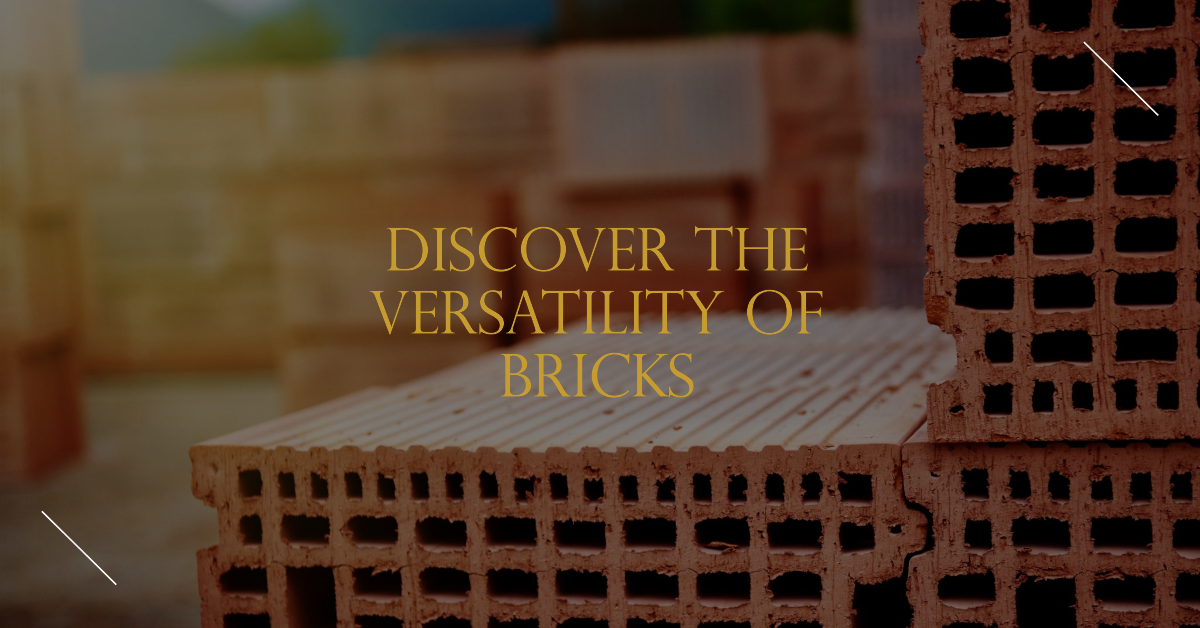Concrete slab inspections are a critical aspect of building and property maintenance that ensures the safety and longevity of structures fundamentally supported by concrete foundations. This article digs into the reasons, timing, and processes involved in conducting effective concrete slab inspections, guiding property owners, builders, and developers through the essentials of maintaining the integrity of their buildings. Beyond the rudimentary checks, a deeper understanding of the inspection process can prevent costly repairs and enhance property value, ensuring compliance with construction and safety standards.
Reasons for Concrete Slab Inspection
A. Ensuring Structural Integrity
The primary purpose of a concrete slab inspection is to ensure the structural integrity of a building. Concrete, although strong and durable, can be susceptible to various faults due to improper mixing, curing, or environmental factors. An inspection helps in detecting hidden problems such as cracks, voids, or uneven settling, which could potentially compromise the stability of the structure. By identifying these issues early, necessary corrective measures can be implemented to reinforce the slab and preserve the building’s structural integrity.
B. Compliance with Building Codes and Safety Regulations
Compliance with local building codes and safety regulations is not just a legal requirement; it is crucial for ensuring that the construction is safe to occupy and fits for purpose. Concrete slab inspections verify that the foundation meets specified standards, such as minimum thickness and steel reinforcement placement. These checks help in avoiding legal penalties and reducing the risk of accidents, thereby safeguarding both property and people.
C. Identifying Potential Problems Early
Regular inspections of concrete slabs can uncover potential issues before they escalate into severe problems. Factors such as moisture ingress, soil movement, or chemical reactions (like alkali-silica reaction) can significantly affect the slab’s integrity over time. Early detection through systematic inspections allows for timely interventions, potentially saving significant amounts of money on more extensive repairs if problems are allowed to progress.
D. Long-term Cost Savings and Property Value Maintenance
Investing in regular concrete slab inspections can result in substantial long-term cost savings. Addressing issues early typically involves less extensive work compared to fixing severe structural failures, which can be expensive and time-consuming. Furthermore, a well-maintained foundation enhances the property’s market value. Regular inspections and upkeep can provide assurance to potential buyers about the durability and safety of the property, making it a more attractive investment.
When to Conduct a Concrete Slab Inspection
Timing is everything when it comes to inspections. Concrete slabs should be checked at various stages of the building’s life cycle. Initially, inspecting the slab post-construction ensures everything has been completed to code. Subsequent inspections should be scheduled regularly, depending on the age of the building, environmental conditions, and previous inspection findings. Additionally, conducting an inspection is prudent after events that could lead to structural damage, such as earthquakes, floods, or significant alterations to the building.
The Concrete Slab Inspection Process
The inspection process involves several key steps, typically starting with a visual assessment where the inspector looks for obvious signs of distress such as cracks, water damage, or uneven flooring. Advanced techniques, such as ground-penetrating radar or laser scanning, may be employed to detect hidden flaws and provide a detailed analysis of the concrete’s condition. This technological approach ensures a comprehensive evaluation, identifying areas that are not visible to the naked eye.
Choosing an Inspection Professional
Selecting the right professional for a concrete slab inspection is crucial. It’s important to choose a certified inspector or a structural engineer who has the expertise and tools to accurately assess the condition of the foundation. Credentials and experience in similar types itself should be a guiding factor in this selection, ensuring the inspector is familiar with local regulations and typical issues. Additionally, seeking recommendations from trusted sources or reviewing testimonials can provide further assurance of the inspector’s reliability and proficiency.
Conclusion
Understanding the critical importance of concrete slab inspections is paramount for anyone involved in building or maintaining a property. These evaluations not only ensure the structural integrity of a foundation but also contribute to the safety, compliance, and economic value of the property. By recognising the signs that warrant an immediate inspection, and by choosing a qualified professional, property owners can effectively protect their investment and ensure a safe environment for occupants.





